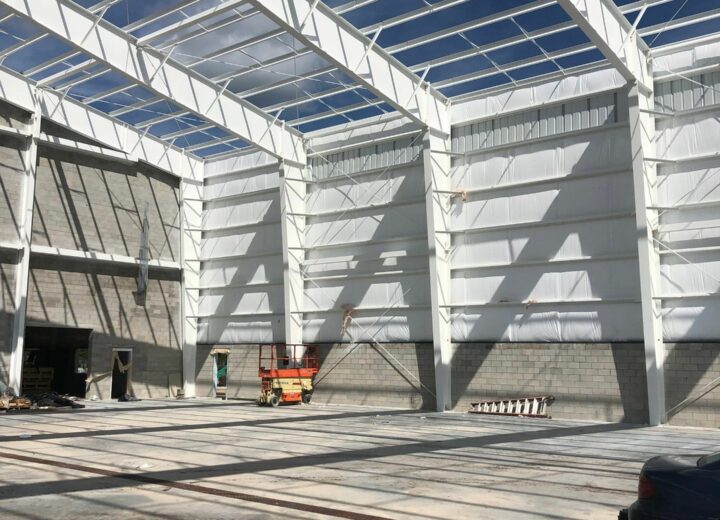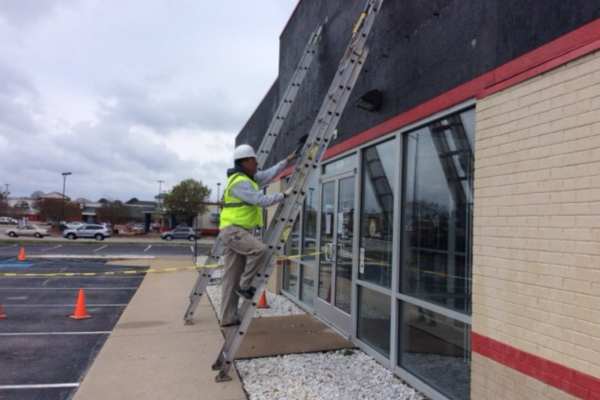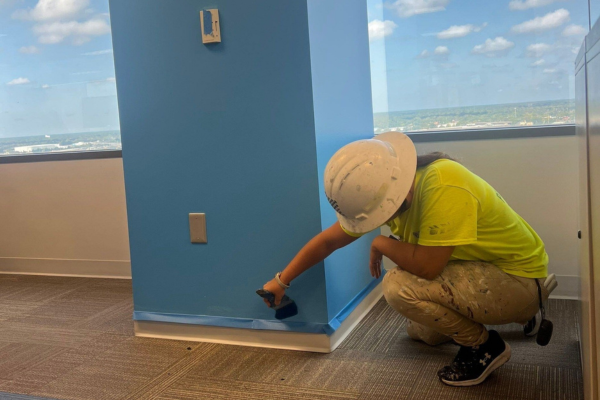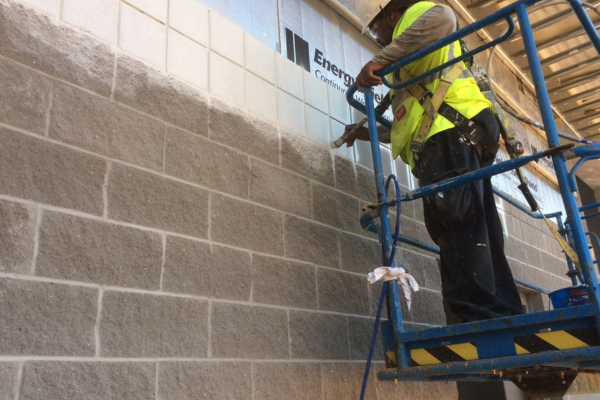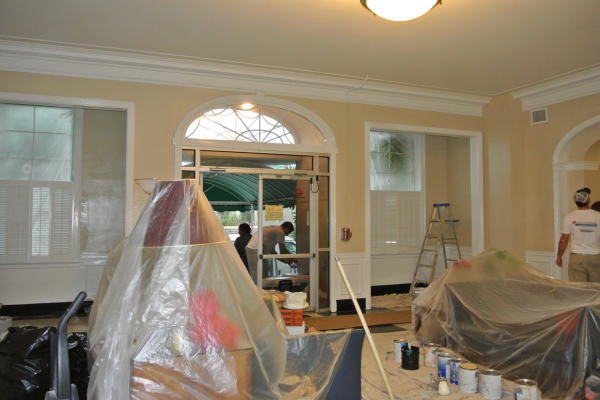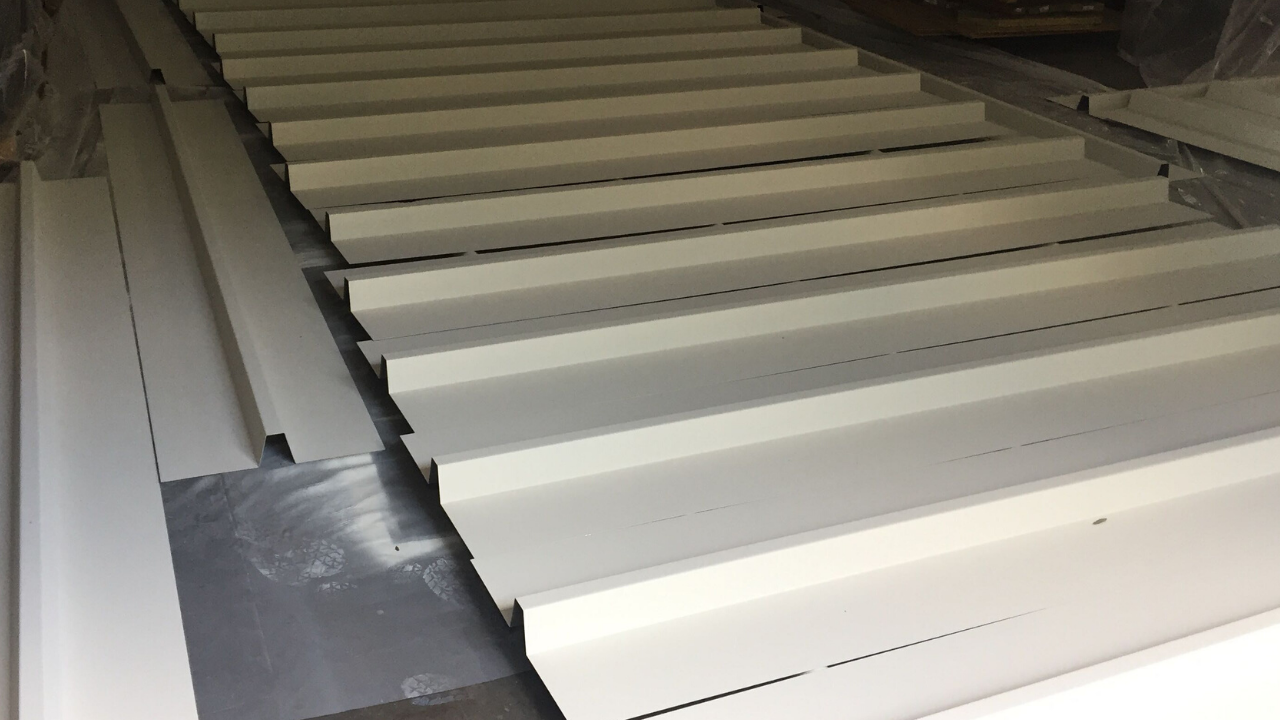 The exceptional hardness, durability, and strength of steel have made it the material of choice for industrial applications stretching back through history.
The exceptional hardness, durability, and strength of steel have made it the material of choice for industrial applications stretching back through history.
Even as today’s advanced science continues to redefine the possibilities in materials engineering, steel remains the optimal solution for challenging environments.
With that in mind, much work has gone into perfecting ways to enhance steel’s natural qualities through appropriate industrial coatings. Surface preparation is the first step that ensures coatings add the most value possible.
In particular, coatings can:
- Improve resistance to corrosion from oxidization and salt attack
- Strengthen steel’s defenses against industrial abrasion and wear
- Enhance performance in places where harsh chemicals are used
- Ensure equipment and surfaces maintain a suitable appearance
- Make steel equipment safer to interact with, handle, and move
All these benefits rely on proper surface preparation. As a substrate, steel is dense and does not suffer the same performance limitations of porous materials like concrete, but it is notoriously difficult to get industrial coatings to adhere to it fully and evenly.
Three Major Considerations for Preparing Steel Surfaces
The goal of steel surface preparation is to remove any surface contamination or physical defects that might otherwise reduce coating adhesion. By maximizing adhesion of the coating, you also ensure the best performance – critical to extending the life of the asset.
Follow these steps to prepare steel surfaces for further treatment:
1. Determine Whether Pre-Cleaning is Necessary
Pre-cleaning should be performed if the asset has been exposed to loose or soluble substances. That includes, for example, grease, oil, or other chemicals used in the workplace. It also pertains to surfaces that may accumulate chemical residue due to air composition in a facility.
Thorough pre-cleaning should also be performed if the asset is located in a high-salt area. This is essential in facilities on or near the coast, even when the area to be treated is not outdoors. Due to its crystalline structure, even a very small amount of salt can interfere with coatings.
2. Apply the Appropriate Type of Pre-Cleaning
Several different types of pre-cleaning can be appropriate for steel depending on the application.
Consider these options:
a. Abrasive Blasting
Abrasive blasting is a cost-effective cleaning method for cases where large steel areas must be cleaned rapidly. It easily eliminates mill scale, rust, and old layers of paint. However, it isn’t sufficient for removing viscous substances: oil, grease, and many other chemicals. In these cases, a harder and denser abrasive is required.
b. Wet Abrasive Blasting
Water can be appropriate for pre-cleaning and blasting. Low-pressure application of water is sufficient for water-soluble contaminants. High-pressure blasting is a valuable method for maintenance cleaning but must be performed according to the strictest safety standards.
Wet abrasive blasting is the superior option if dust is an issue in the work environment. It also has the benefit of being able to add abrasive materials as the job requires. It accelerates the process of removing thick coatings that may be laid on in multiple layers.
A rust preventer should be used as needed to avoid causing flash rust.
c. Hand Tool Cleaning
Hand tool cleaning is used as an adjunct to cleaning with power tools. Surfaces that are hard to reach under normal circumstances can be cleaned manually, like small corners. Tools vary based on the condition of the surface. Wire brushes, scrapers, chisels, sandpaper, and more are used.
3. Verify Surface Condition Before Moving Forward
A qualified painting contractor should inspect the steel surface before adding the primer layer. Inspection criteria is established by written industry standards, which often include visual guides. Surface preparation requirements vary according to the environment, the primer and paint to be used, and any industry or professional standards the client must adhere to for the project to be successful.
Effectively Applying Specialized Coatings for Steel in Industrial Settings
Various special coatings can boost performance and aesthetic quality of steel.
Electrostatic painting is the ideal solution for exceptional appearance of hard-to-cover conducive surfaces. It uses charged paint particles that repel one another to coat metal surfaces in a smooth, even way. Because of the tiny size of paint particles used, electrostatic painting relies heavily on proper surface preparation for the intended visual effect.
Virtually all coatings for rustproofing steel attain superior performance on a fully prepared surface. While direct-to-rust coatings can be useful, eliminating surface rust enables a higher level of uniformity. It also improves the appearance of facilities, which may be a factor when dealing with the public, regulators, or other key stakeholders.
No matter what the objectives of your project are, professional painting contractors are a must. An expert team can deliver on your quality goals faster and at a lower expense.

